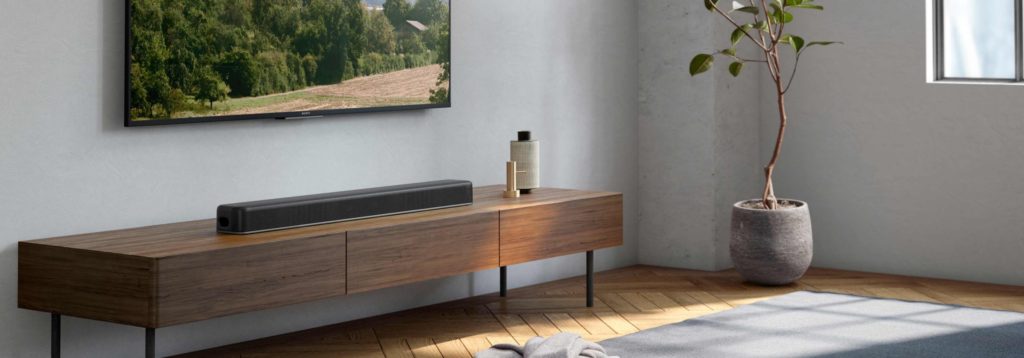Samsung A50 Smartphone REVIEW
Summary
Samsung A50 Smartphone REVIEW
PAT PILCHER checks out Sammy’s affordable A50 and finds that it packs a punch well above its price point.
$549
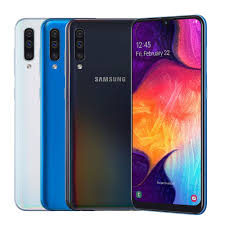
Isn’t competition grand? The recent full market assault from more affordable Chinese brands has seen Samsung upping its game at the mid-range end of town to craft the Galaxy A50, an especially impressive piece of smartphone hardware with a wallet pleasing sticker $549 price.
It might be affordable, but the A50’s design is definitely on trend. A near bezeless design with a teardrop front camera notch gives it an all-screen look, while its glass rear packs an attractive rainbow finish. Curved rear edges also make for a comfy fit in hand. Its design doesn’t hint at its mid-range spec. While the glass finish is striking, it’s also worth noting that the phone won’t bounce if dropped, so a protective case is a must-have.
Instead of an alloy sideband surrounding the A50’s front and back, Samsung has opted for a slim plastic strip. This helps keep the its weight down to a very reasonable 1667 grams, which in concert with the curved back makes prolonged use a non-issue. On the bottom sits both a USB-C port and an all too rare 3.5mm headphone socket.
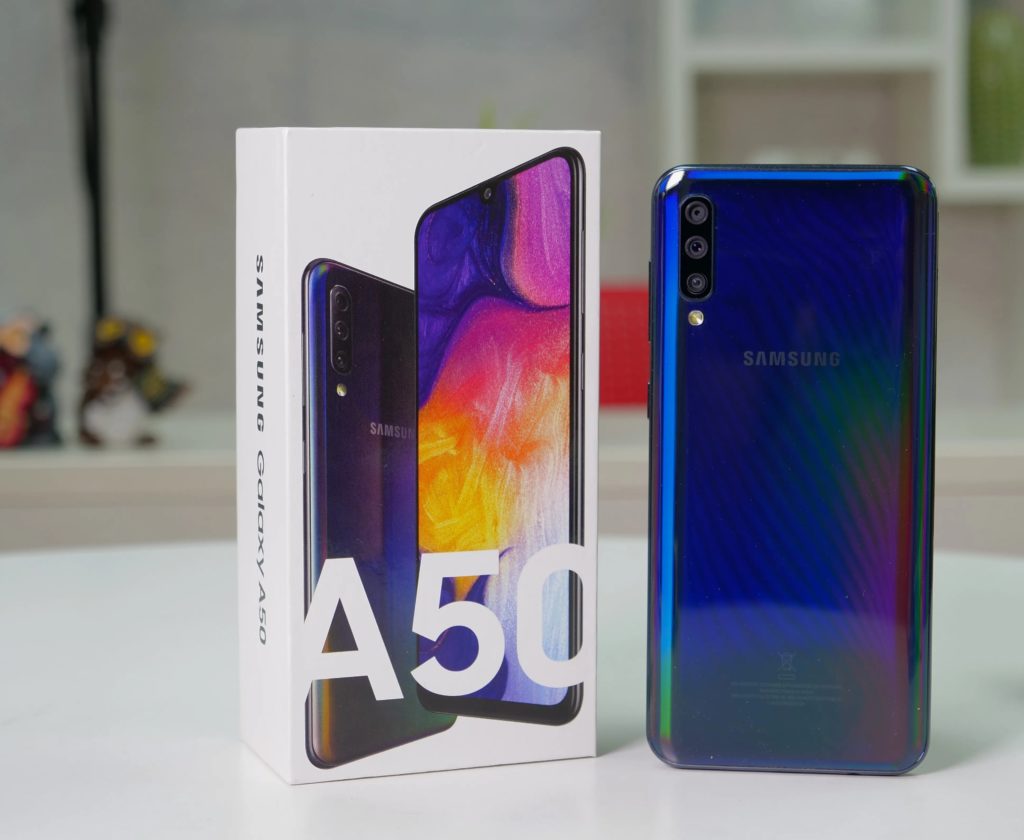
The phone’s rear is clean and uncluttered, with only dual camera lenses and a flash visible. Instead of a clumsily mounted rear fingerprint sensor that begs you to smudge the lenses, Samsung has used an optical in-display fingerprint scanner on the front. It works, even if it’s not quite as fast as an old school rear mounted capacitive fingerprint reader. Face unlock is faster but is also nowhere as secure.
The A50’s Infinity-U front shooter notch is located at the top of the 6.4-inch Super AMOLED screen. While there are bezels, they’re slim to the point of being almost unnoticeable. The exception to this is the chin at the bottom, but the screen-to-body ratio is still not too shabby at 85.2 per cent.
Behind the screen sits a capacious 4,000mAh battery, which delivers a solid day of use with enough charge to get you through most of the evening too, even with moderate to heavy use. Once it needs to charge, the good news is that it supports 15-watt fast charging, which proved dead handy for quick top-ups too.
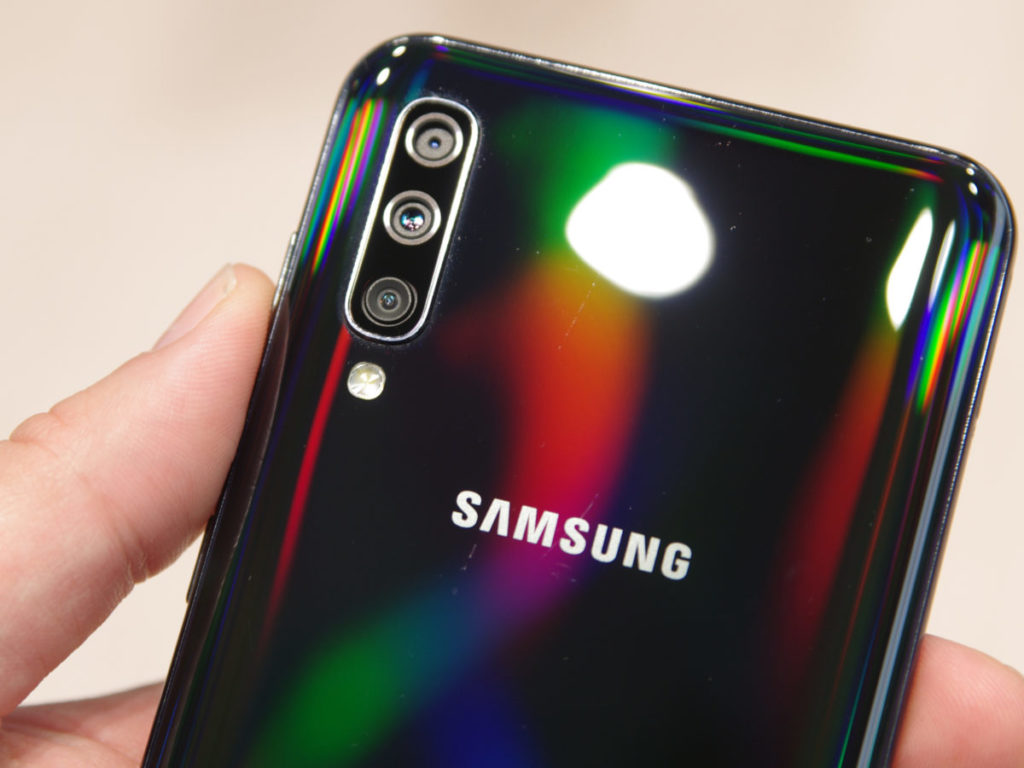
Speaking of screens, the A50’s 6.4-inch Super AMOLED display doesn’t disappoint. It’s a Full HD+ jobbie and looks great. I used it to watch Amazon Prime Video, which was well saturated and crisp. Being AMOLED, contrast levels popped and everything was super vivid.
I was also pleased to note that the display was perfectly viewable outdoors, even on an all too rare sunny Wellington winter’s day.
Powering the A50 is an Exynos 9610, which is 10nm silicon. Like other Exynos hardware, the 9610 uses an octa-core big/LITTLE configuration with four Cortex A73 cores clocked at 2.3GHz for demanding tasks, while four Cortex A53 running at 1.6GHz handle other chores without hammering the battery. It also comes with 4GB or 6GB of RAM.
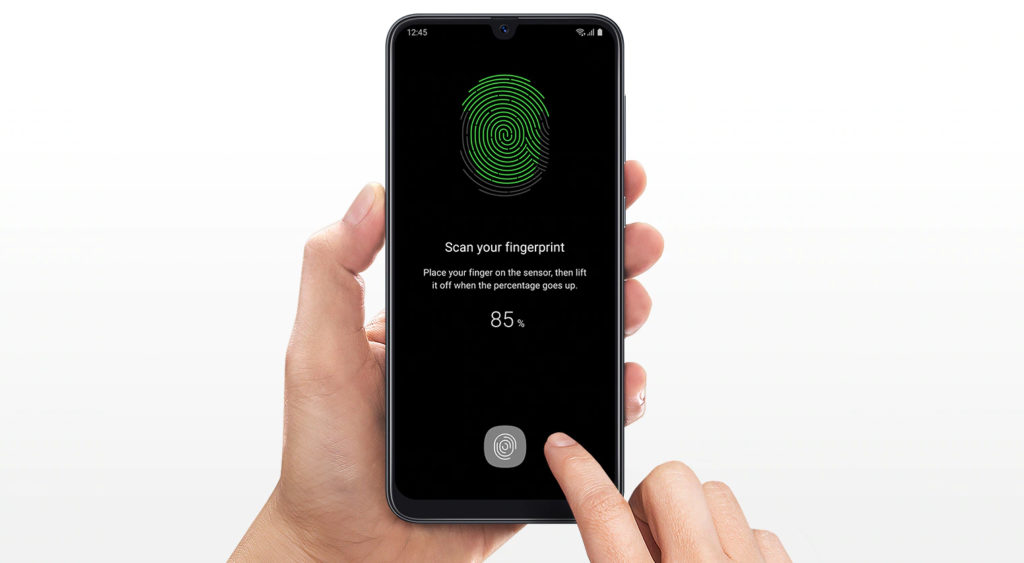
Samsung’s UI used to attract a lot of criticism in the past, but their One UI (which is also used on the Galaxy S10/S10+) provides excellent usability. Navigation is intuitive while almost any apps I installed ran well, even if I did find the many animations a bit tedious. Thankfully these can be easily disabled.
For gaming, the Mali G72 is more than up to the job. PUBG performed with no noticeable frame drops, stutters or pauses – especially with the A50 set to Ultra mode. About the only indication that it was doing any real work was that it got slightly warm during some extended gaming sessions.
As an Android device, everything is tweakable. There is a tonne of options to adjust its display and UI behaviour. One big win is the lack of a dedicated Bixby button. While the S10/S10+ is cursed with a dedicated Bixby button, which I always press, by accident at the most inconvenient moments, the left-hand side of A50 is uncluttered. That said, there is an option to enable Bixby via the power button.
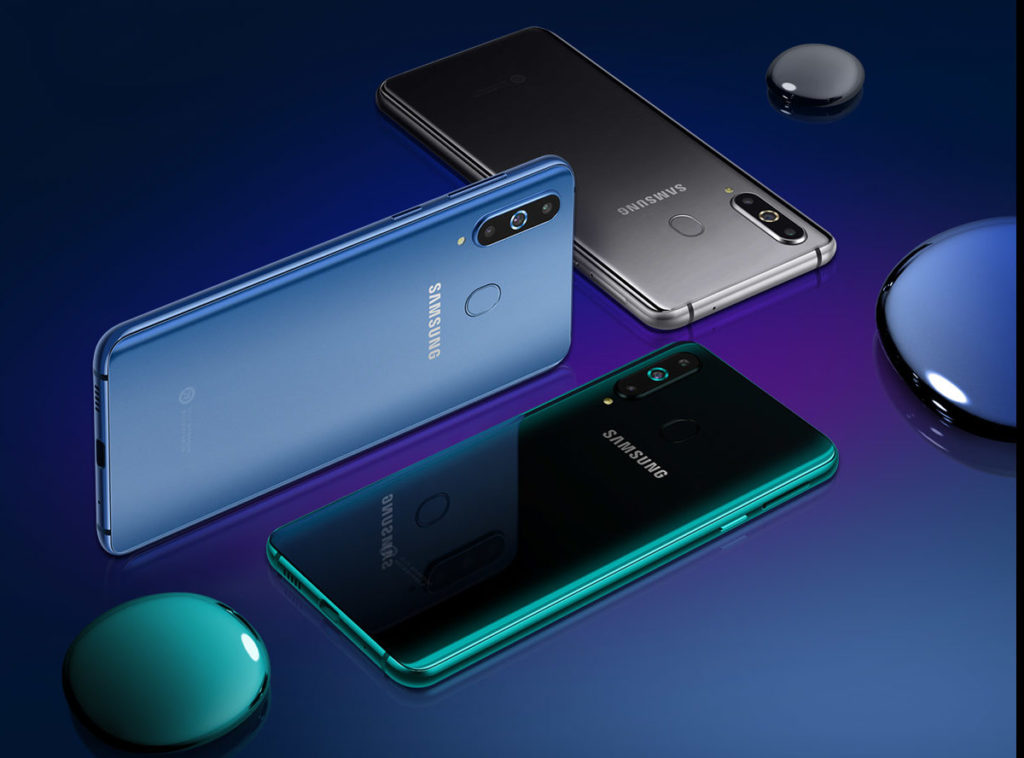
It also proved to be no sloth when it came to photography. The camera setup consists of a 25MP shooter, an 8MP wide-angle shooter and a 5MP depth sensor. Around the front is a 25MP sensor, which also did a commendable job with selfies.
Under normal lighting conditions, it manages to capture good looking, well-saturated shots. Low light, however, saw image quality deteriorate with both the standard and wide-angle rear shooters. In low light conditions, captured images had noticeable pixel noise and sometimes seemed to lack focus.
Samsung’s phone range spans entry-level through to flagship levels, and the Galaxy A50 is squarely situated in the middle. That said, the solid design underpinning Samsung’s One UI means it comes with a flagship class user interface that doesn’t get in the way and is intuitive to use. That, combined with an upmarket design that doesn’t hint at the its affordable sticker price, seals the deal nicely for anyone wanting a decent mid-range smartphone.
Tech Specs
Display: 6.4-inch Super AMOLED (2,340 x 1,080, 19.5:9)
CPU: Exynos 9610 Octa-core 2.3GHz
RAM: 4GB or 6GB
Storage: 64GB/128GB
MicroSD: Yes
Battery: 4,000mAh (15W fast charging)
Camera (Rear): 25MP, f/1.7, Depth: 5MP, f/2.2, Ultra-wide: 8MP. f/2.4
Camera (Front): 25MP, f/2.0
Dimensions: 158.5 x 74.5 x 7.7mm









